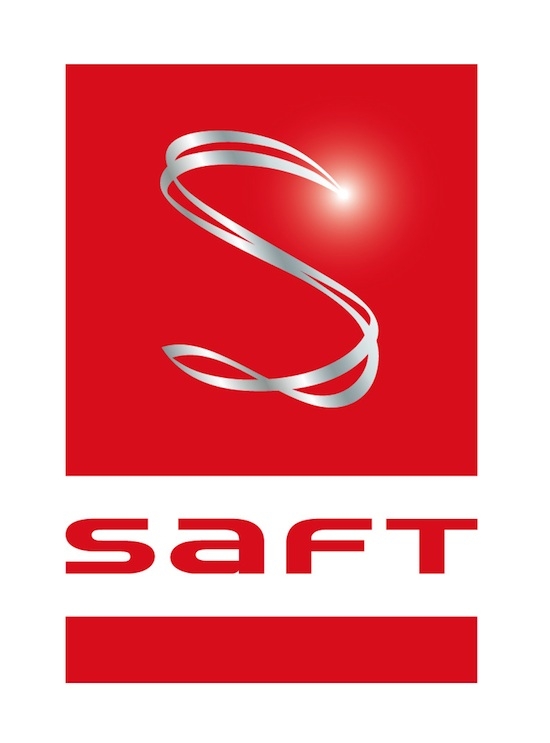
Features
Energy & Power
Energy Storage
Saft designs Li-ion Battery ESS to harness wind power in Saskatchewan
December 31, 2012 | By Alyssa Dalton

December 31, 2012 – Saft has been selected by Cowessess First Nation (CFN) to design, produce and install a Battery Energy Storage System, including two Intensium Max 20E Lithium-Ion battery containers, as part of the High Wind and Storage Project near the City of Regina, Sask.
The Regina project is the first wind power application for Saft in North America. The grid-connected ESS will help optimize renewable wind power performance by increasing reliability and decreasing volatility by as much as 70% over the 15-year lifespan of the system, it said. Each Li-ion ESS includes a 400kW Power Conditioning System for use in conjunction with an 800kW utility scale wind turbine.
“This project builds on Saft’s earlier successes integrating energy storage batteries with wind generation and will demonstrate the benefits of lithium-ion energy storage in enhancing the value of wind energy,” said Jim McDowall, business development manager at Saft’s Energy Storage Systems Business Unit.
The system is designed to harness intermittent wind power and provide a more continuous and predictable output for both on-grid and off-grid applications, the company explained. The High Wind and Storage Project aims to reduce electrical production costs, provide more renewable power to the grid and potentially lower electrical rates since the battery can be charged during off-peak periods and dispatched during periods of peak usage.
“This is an extremely important project that will increase the amount of renewable generation we can deploy on the grid,” said Cowessess chief Grady Lerat. “It’s critical to have Saft providing state-of-the-art technology to make the High Wind and Storage Project successful.”
Saft claims the base system can perform wind smoothing and achieve a maximum ramp rate of 10% per minute of the rated power output of the 800kW wind turbine, while providing up to 400kWh of peak shaving capability. The flexibility and scalability of Saft’s solution also allows the energy content to be increased in 124kWh increments up to 992kWh if additional peak shaving capability is desired, it added.
The installation is scheduled to begin operation in early 2013.
Print this page